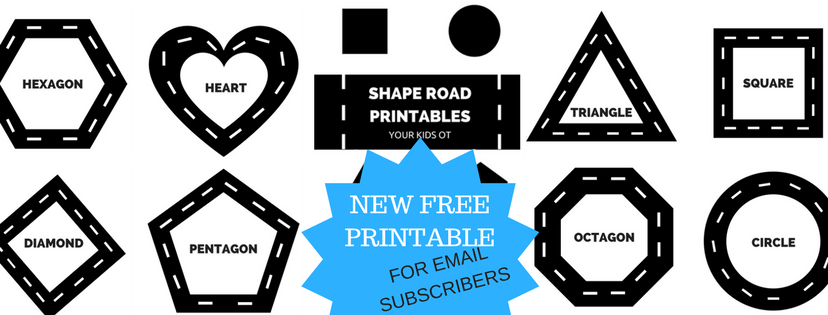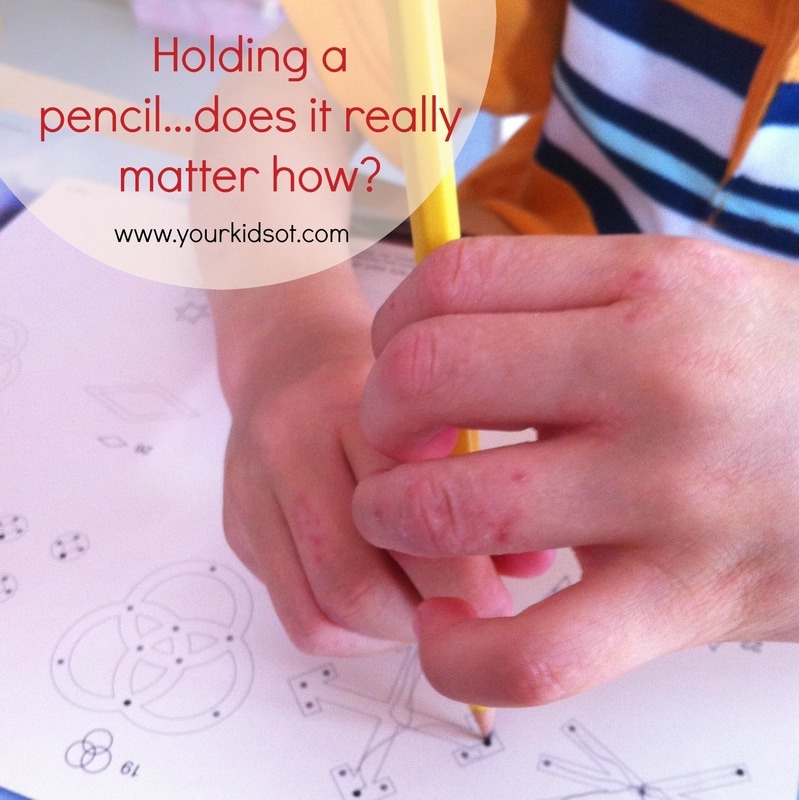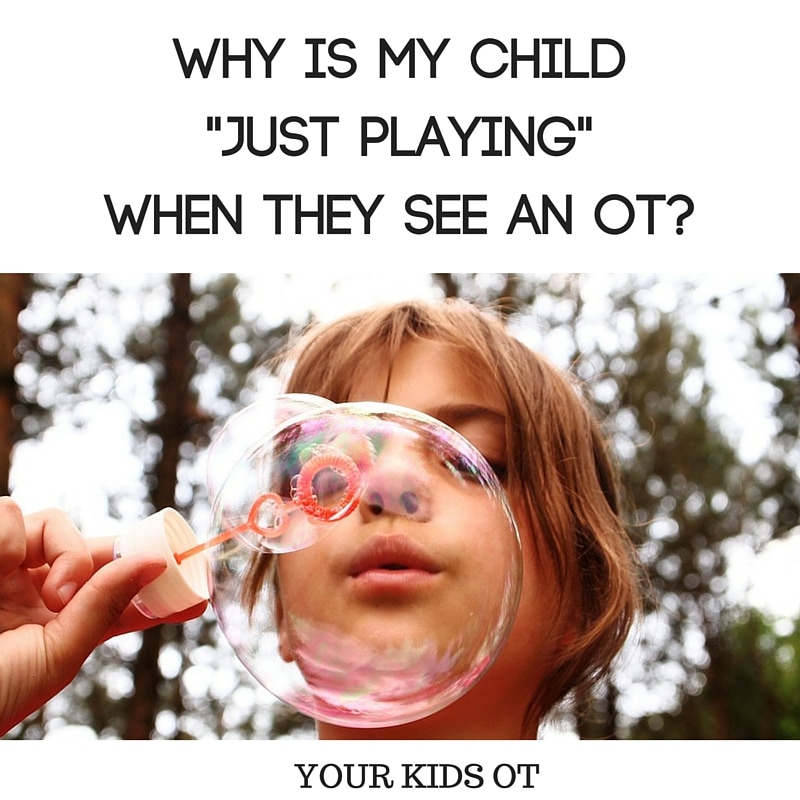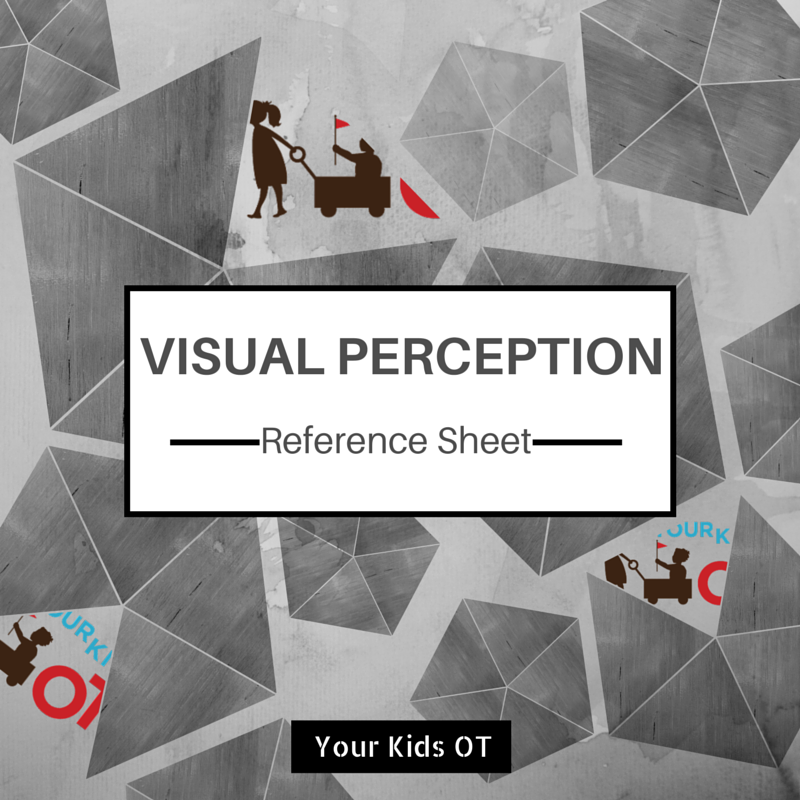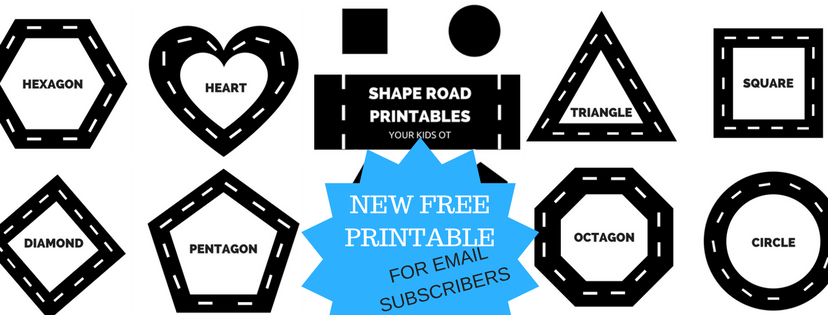Infants begin to develop this dissociation of their hand during crawling and tummy time activities. This is further developed as a toddler and preschooler with the manipulation of small objects and toys in daily activities.
How does hand dissociation affect activity performance?
In handwriting, you may notice your child moves their whole hand {and often their arm} across the page as they write. This may result in slow work and a lack of fluency of movement. It may also result in poor legibility as your child may not be able to control the pencil in a precise manner. In cutting, you may notice your child has difficulty manipulating the paper to turn as they cut out a shape. In buttoning a shirt, you may notice your child is unable hold the button hole with one hand and the button in the other hand. This involves precise control and stability with both hands working together. In tying shoelaces, you may notice your child has difficulty stabilising the laces to tie the bow. Learning to tie shoelaces may be very frustrating for a child who has difficulty with hand dissociation. Your child may appear "clumsy" or "all fingers and thumbs" when trying activities such as these.
What can you do?
To assist a child with separating the two sides of their hand you can encourage them to hold something with side 2 whilst using side 1. For example, your child may try holding a piece of Lego, a ball of playdough, cotton wool, an eraser, a button or a coin with their 4th and 5th fingers. They can attempt any of the activity suggestions below whilst holding onto this item.
Activity suggestions -
Have you noticed that your child moves their hand as one unit? Do they have difficulty with handwriting, cutting, buttoning or tying shoes? Does it affect your child with another activity?
Try incorporating some of these activities into your child's play this week. 26/2/2014 06:04:30 am
Hi Cindy,
feyching un
26/2/2014 08:25:33 am
Hi cindy
Aline
11/12/2014 01:12:58 pm
Hi Cindy, 11/12/2014 01:41:59 pm
I'm glad this post was helpful to you Aline! Thanks. Comments are closed.
|
AuthorHi, I'm Cindy and I am an Occupational Therapist. I enjoy working creatively with children to see them reach their potential. Read more about me here. SEARCH THIS SITE
Archives
June 2024
Categories
All
Popular Posts |
Join the YKOT e-newsletter!
Subscribe to get our latest content by email and receive
the SHAPE ROADS PRINTABLE NOW!

Success! Now check your email to confirm your subscription and receive your free printable!
Join our Mailing List!
Subscribe to get our latest content by email and receive
the SHAPE ROADS PRINTABLE NOW as a thankyou!

Success! Now check your email to confirm your subscription and receive your free printable!
Disclaimer: The information on this site is general in nature and should be used for educational and entertainment purposes. The activities are safe for most children, however, you should consult an Occupational Therapist or health professional to address specific movement, sensory or other medical conditions. This blog does not replace formal therapeutic professional advice given by a health professional or medical practitioner. Reviews and endorsements of products will only be made based on my expertise and personal opinion; and deemed worthy of such endorsement. The opinions shared in sponsored content will always be my own and not that of the advertising company or brand. Content, advertising space or posts will be clearly identified if paid, affiliated or sponsored. Affiliate links may be found throughout this website in advertising. This means that if you follow through with a purchase from these links, Your Kids OT will receive a percentage of the sale. Your Kids OT undertakes to meet the requirements of the "Social Media Policy" as published by Australian Health Practitioner Regulation Agency (AHPRA). Further information about this policy can be found here.
Find meFollow me |
About me
AuthorHi, I'm Cindy and I am an Occupational Therapist. I enjoy working creatively with children to see them reach their potential. Read more about me here. |
Copyright © 2017 Your Kid OT

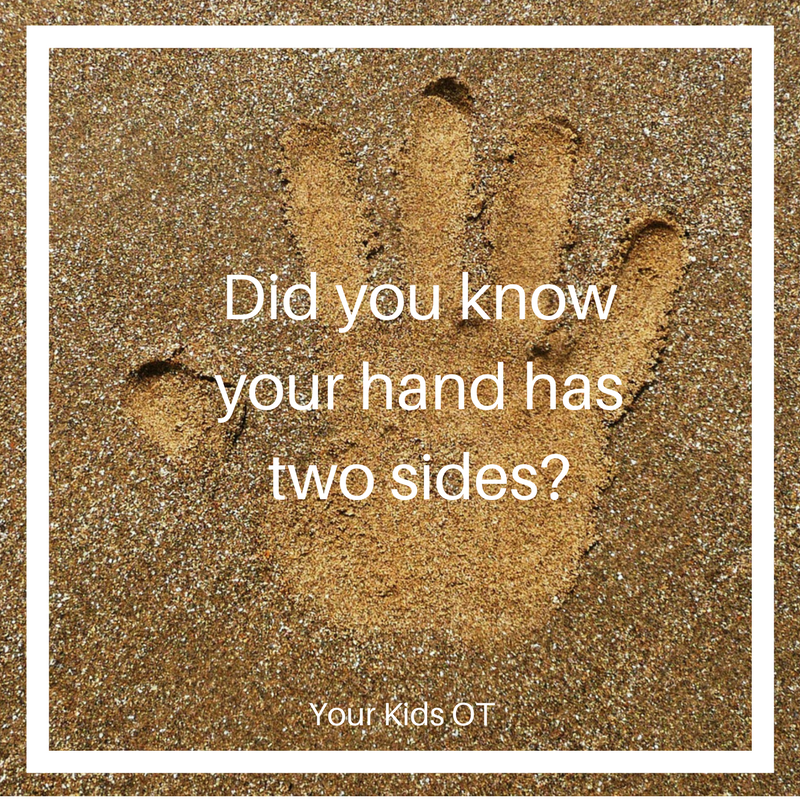
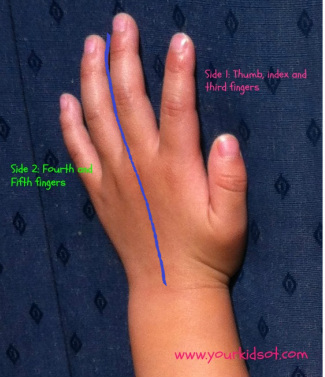

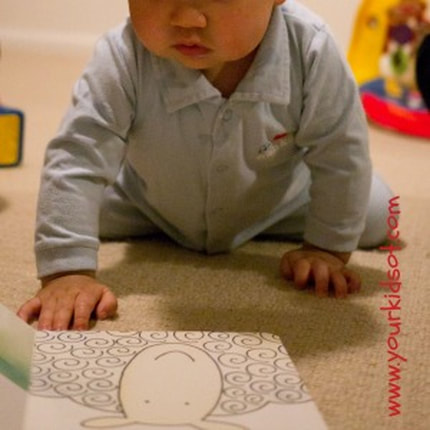
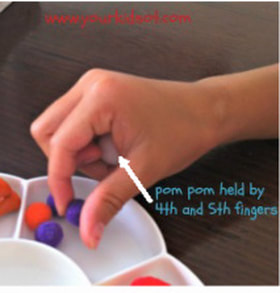
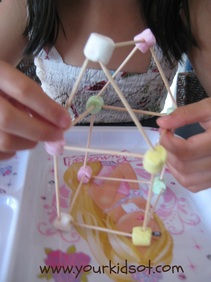
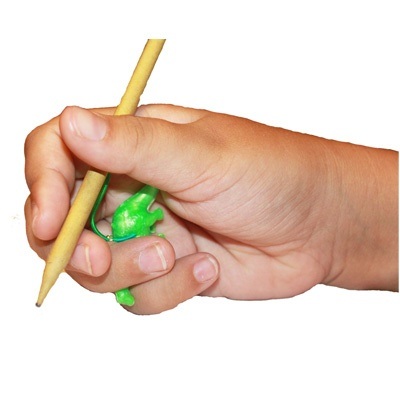
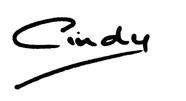
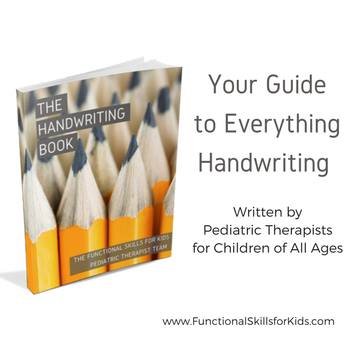
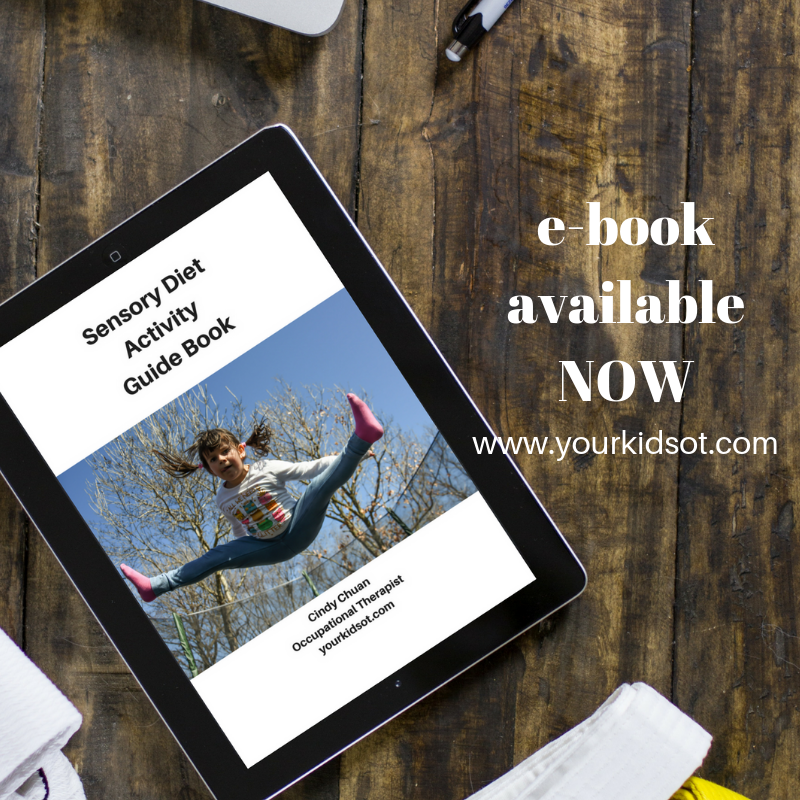
 RSS Feed
RSS Feed
